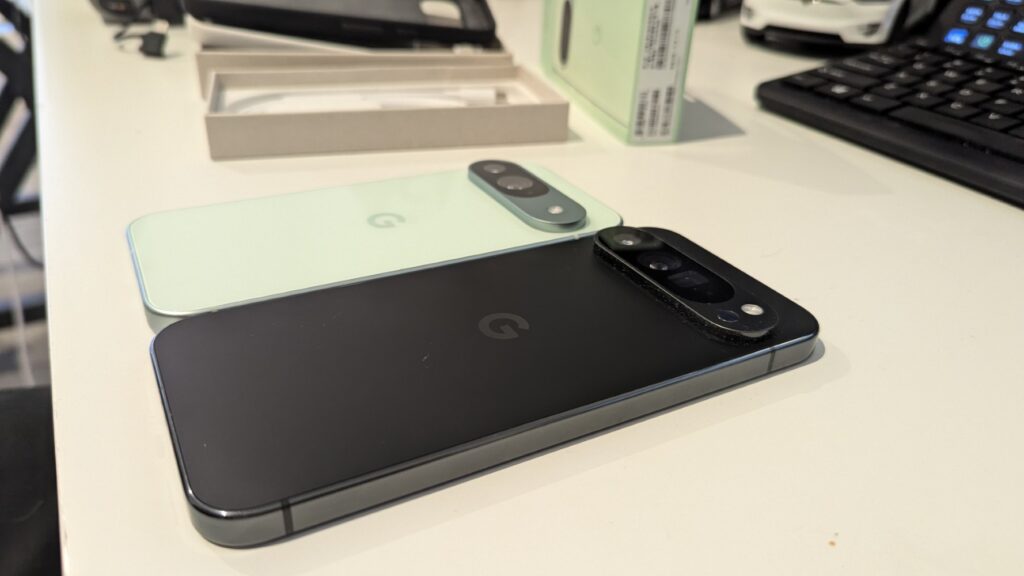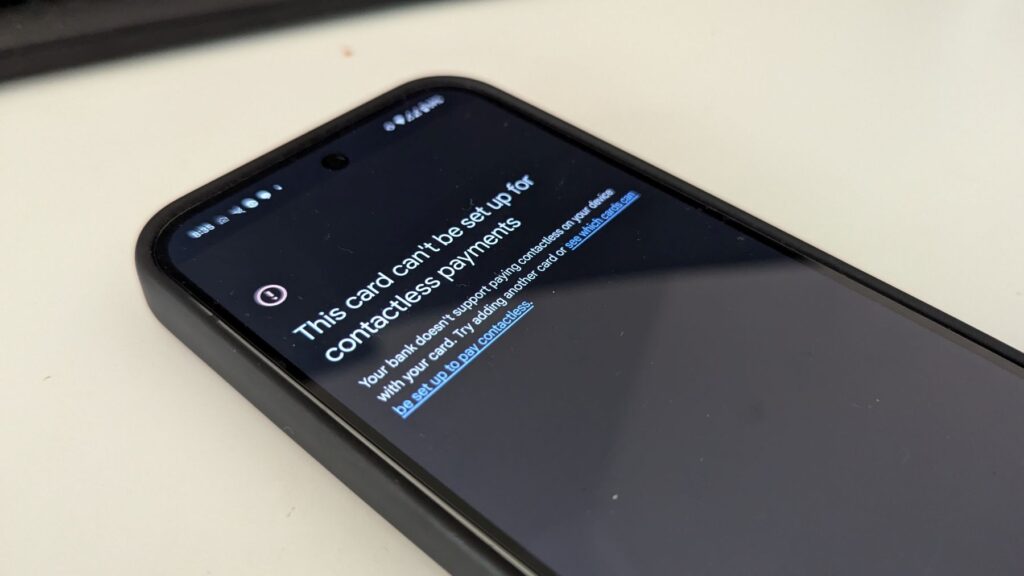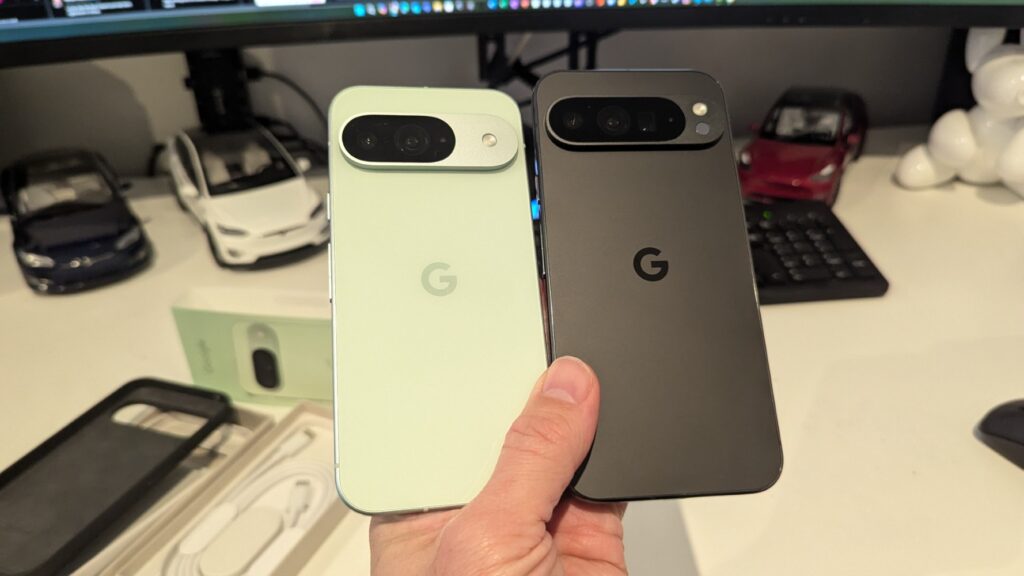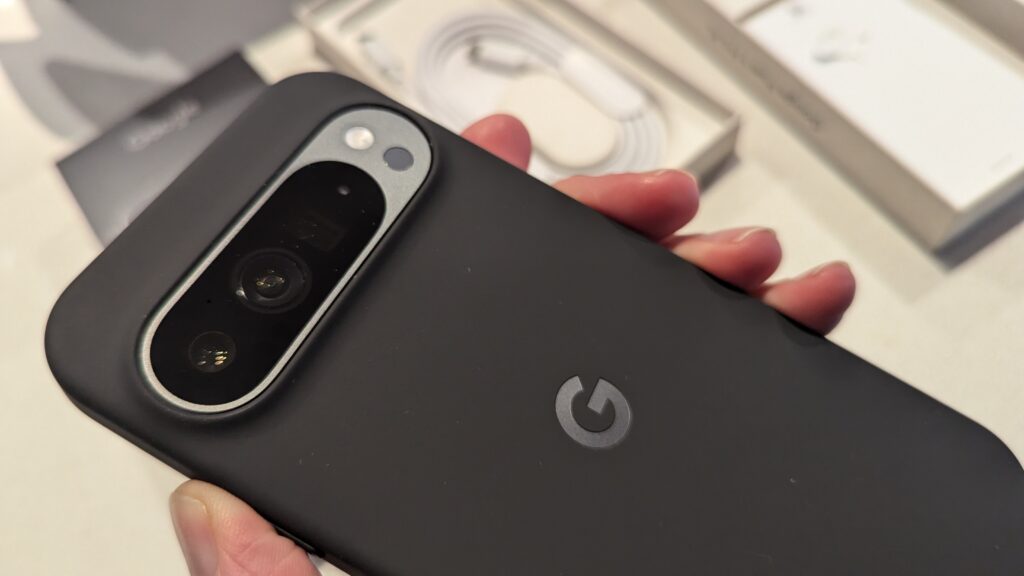The Google Pixel 9 Pro XL has landed in Australian and over the past couple of weeks, I’ve used it as my daily driver, fully transitioning my dual-sim life to the phone. As Google’s flagship smartphone for 2024 (excluding foldables), the Pixel 9 Pro XL naturally commands a premium price tag.
For background, I used the Pixel 7 Pro for the majority of the past 2 years and while it’s tempting to look at the changes year-on-year, most people don’t upgrade every year, so I believe my experience is closer to that of most Pixel owners.
Each year we expect the latest generation to be faster, smarter, better, stronger than the year before and on that front, Google certainly delivered. While there’s certainly changes to the hardware that we’ll get into in a minute, it’s really the software that delivers the biggest differences.
In 2024, we are a couple of years into the Large Language Model game and phone manufacturers have an opportunity to deliver and integrate LLM to our pocket and that’s an opportunity Google is certainly taking with both hands.
This year there’s a bunch of new apps for the Pixel, including Pixel Studio, Screenshots, Weather, and of course an updated Gemini.

Design
It is incredibly rare for phone makers to make their phone thicker, but that’s exactly what Google has done with the new Pixel 9 range. The phone features matte aluminium sides that are flat, reminding me a lot of the iPhone 4 from more than a decade ago. The look and feel in the hand is great, complimented by a much greater radius of the 4 corners, as if the designers turned border-radius right up to 30.
Perhaps the biggest shift in Google’s design language is their switch away from a camera strip that has adorned Pixel devices since the Pixel 6. The Pixel 9 series now opts for a rounded rectangle island, attached to the back of the phone. Personally, I loved the camera strip, I thought it was an elegant way to address the large camera arrays we have today, but given most of us slap cases on the phone to protect them, the island gets surrounded and we end up with a flat back to the phone.
Google included their OEM case which is a silicon/rubberised feel that works well to reduce the slipperiness of the phone. All protected the phone feels much more substantial than my Pixel 7 Pro, but the second you turn the screen on, you completely forget about the hardware as you lock eyes with the software and are drawn into an incredibly bright and vibrant display.


Features
Camera
Google’s famous for offering an amazing photography experience with their phones and with the Pixel 9 Pro XL, we see the biggest and best camera system so far.
The front camera are often playing second fiddle to the rear camera array, but for many content creators, the front camera is the most important. This allows people filming videos of themselves and friends to monitor the framing using the phone’s display, while the camera captures the action in great detail.
This year Google included a massive 42MP Front sensor with a wide 103° Ultrawide Field of View and an increase of 30% in light sensitivity, making it better for filming in low-light conditions.
For years I’ve had used the rear cameras to capture footage in the highest possible quality, but had to guess and spend a lot of time in trial and error, often requiring re-recording. A great front camera may not be important to everyone, but for some it could be a massive decision maker and I can tell you the results are really stunning, it no longer feels like a compromise to use it.
The rear camera array is pretty special, easily the best Google has delivered yet. This includes:
- 50MP Wide (1x Zoom + 2x Optical Equivalent)
- 48MP Ultrawide (0.5x Zoom + 123° FoV, Macro Focus as close as 2cm)
- 48MP Telephoto (5x Zoom + 10x Optical Equivalent, Super Res Zoom up to 30x).
While the specs are impressive, its through using it that I really appreciated the stunning results and diversity of applications that were possible with this camera array. From close up shots, to portraits landscape shots and everything in between, the camera is a buttery experience to use, and if you watch closely, you’ll see the raw image capture be corrected and enhanced by Google’s AI magic.
There’s some purists that want the raw image the sensor captured, but that’s not me, I almost always see the corrections made result in a far better image after processing occurs.


Display
The Pixel 9 Pro Ultra is a massive 6.8 inches in size and stepping up from the 6.7″ of the Pixel 7 Pro, this felt list a really seamless transition. If you like smaller displays, the Pixel 9 Pro offers virtually everything the XL does, with a 6.3″ display.
The screen itself looks incredible and I remember my immediate reaction when I first turned on the device, it was a really significant upgrade from what I’d been using.
The Pixel 9 Pro XL screen is something called a ‘Super Actua Display’ and it features a Peak Brightness of 3000 nits, that’s triple the brightness of my last phone. This brightness allows for use outside without having the display washed out, and also enhances the colour of the display, making it appear more ‘real’, especially prevalent when looking at photos, videos and playing games.
The display features a Variable Refresh Rate, automatically transitioning between 1-120Hz, saving battery life where low/no movement is required, but able to ramp up to be ultra-smooth when all the pixels are constantly refreshing like scrolling or gaming.
It really is a beautiful display and it’s hard to imagine how Google makes this better in the future.


Performance
When it comes to performance, Google’s very proud of their latest silicon, the Tensor G4 chip which is now paired with 16GB of RAM.
The result of this for owners of the Pixel 9 Pro XL is that it’s truly a pleasure to use. The phone runs extremely fast, with rapid app launching, switching between apps, running games, processing videos and more. The phone just feels slick, like the hardware meets the software experience and they are a cohesive experience, delivered by a company that has owned the end-to-end user experience.
One of my favourite tests to do between devices is a side-by-side launch of Pokemon Go, a game that typically takes quite some time to load. This is a graphic demonstration of how far we’ve come in just 2 years between the Pixel 7 Pro and Pixel 9 Pro/XL.
Launching the game on Google’s latest gets you into the gameplay in just over 10 seconds, while you’re waiting more than double that on a 2 year old phone. This showcases how big a leap there has been in performance in a relatively short period of time.
Video Boost
When you record video, you have some decisions to make. You can film in 4K60 or 8K30. When you enable 8K video recording, something quite unique occurs. Instead of the lens capturing images at 7680×4320 pixels, the video is captured in 4K quality, the video is then boosted by uploading it to Google, then waiting for it to be processed by the cloud, delivering what we understand to be an 8K upscaled video which gets enhanced lighting, a clearer picture and amplified colours.
The result does take quite some time, as in sometimes hours to get back, which is a surprise contrast to everything else that happens rapidly on the device. I have used other phones that capture video in 8K so it is surprising that isn’t an option with the Pixel 9 Pro XL.
The good news is, 4K60 with 10bit HDR looks amazing and virtually none of us have 8K TVs in 2024 anyway, so I’m plenty happy with that quality and speed, just a few seconds to perform basic trims of the start and finish of a video.
Audio
On my second day of use, I turned off the Bluetooth headphones and tested the on-board speakers and straight away I noticed how much louder the Pixel 9 Pro XL was than my previous phone. There are definitely times where we use our phones to play audio from a distance and in this scenario, the max volume is important.
The Pixel Pro 9 XL offers really loud audio, but stops before impacting sound quality. I really appreciate better speakers and output when it comes to the sound, even if I use headphones and earbuds with it the majority of the time.
Software
The Pixel 9 series of phones all ship with Android 14, which is surprising given Android 15 was talked up at I/O 2024 back in May. Android 15 Beta 4 is now released and is in the final stages of reliability testing before final release, so we will see Android 15 on these devices soon, it’s just important that customers understand what they are and aren’t getting on the device at launch.
The Pixel 9 Pro XL is packed with features that leverage Google’s AI prowess. From the Gemini AI integration, which offers real-time assistance far beyond what Google Assistant could, to the enhanced camera capabilities like Super Res Video and improved Night Sight, this device is a powerhouse for tech enthusiasts. The introduction of features like Call Notes, if you enable it, will transcribe and summarize your calls and Pixel Screenshots for better screenshot management shows Google’s commitment to utility through AI.
One of the big changes to the software is the experience of unlocking the screen. With a new Ultrasonic-based Fingerprint Sensor, the screen unlocks at the blink of an eye if you prefer that biometric option, alternatively, you can use Secure Face Unlock which also works really well in my testing across a range of lighting conditions.
Battery Life
I’ve been seriously impressed by the battery life on the Pixel 9 Pro. Sometimes we read the spec sheet and get excited, but the reality is something very different. I’m really happy to confirm that there is loads of battery on offer here.
Google included a 5060 mAh battery in the Pro XL and I regularly seen the more than 30% remaining at 9PM at night. There was even a couple of days where I forgot to put the phone on charge at night and made it to lunch the following day. It’s been a long time since I was able to achieve that.
Naturally battery life is relative to the screen time and app load you place on the phone with social video apps being particularly power hungry. Other outsized battery drain can come from screen brightness levels, 5G network use, Hotspot connectivity sharing, and multitasking like gaming while uploading video in the background.
While I can’t guarantee absolutely everyone will make it through the day, the capacity and battery management at the OS level, will help ensure the vast majority of users can simply use their phone and completely forget about battery life, you’ll have plenty.
I have battery saver activate after the phone reaches 20% state of charge, but if you ever find yourself away from a power source for an extended period of time, you can enable the Extreme Battery Saver and get as much as 100-hours of battery life which could be a life saver.
When you do need to charge, you can use Google’s 45W Fast Charger (sold separately) and claw back up to 70% in about 30 minutes.
We have definitely seen plenty of phones with faster Wireless Charging and unfortunately the Pixel 9 Pro XL doesn’t have Qi2, the faster, newer standard that can deliver as much as double that of the original Qi standard.


Issues and Opportunities
Despite its strengths, there are a few areas where the Pixel 9 Pro XL could improve.
Google are betting big on the fact you’ll love the new AI features, but many of these are delivered on Android, not exclusively to the Pixel flagships.
Something I found in my behaviour, is that despite having a Google folder on the home screen with Pixel Studio, I almost never found myself going there to generate images. I have found my behaviour is to head to Grok or Meta.AI and the results are almost always better. I understand some people will love the idea of on-device AI, but for me, with a fast connection, it really doesn’t count for much.
I did really enjoy Google Gemini Live where you can have a conversation with their AI, interrupt it when you need. The frustration I had was seeing international demonstrations where you can change voices, but not be able to do this in Australia. That doesn’t really feel like something that should be geo-blocked.
Google Wallet issues. Perhaps the most impactful issue with the transition to Pixel 9 Pro XL was that I effectively lost the ability to Tap to Pay. Despite having used my Visa Debit card on the Pixel 7 Pro, the 9 Pro XL simply refused to accept my card details throwing an error ‘This card can’t be set up to tap to pay. The bank doesn’t support tap to pay on your device with your card.’
The consequence of this my futuristic life of leaving my wallet behind has come to an end, now having to carry a physical wallet again, because my digital one no longer works for payments. This has to get fixed.


Price and Availability
In Australia, Google’s most expensive device is the Pixel 9 Pro Fold which starts at A$2,699. The Pixel 9 Pro XL in comparison, looks much more approachable at A$1,849. For those on tighter budgets, you can opt for the smaller Pixel 9 which starts at A$1,349.
Something you should consider is trading in older devices. Despite my Pixel 7 Pro being 2 years old, they gave me an estimate of A$500 trade-in value for it, significantly helping the affordability of the latest device.
The Google Pixel 9 Pro XL is available in 4 colours – Porcelain, Rose Quartz, Hazel, Obsidian.
The phone is offered in a range of storage options from 128GB right up to 1TB. For the most local storage, you’ll pay A$2,549.
If we compare it to current high-end models from Apple, the iPhone 15 Pro Max, the Pixel 9 Pro’s starting price looks really affordable at A$1,849, compared to the A$2,199 from Apple.


Overall
The Google Pixel 9 Pro XL is undeniably a step forward for Google in the smartphone arena. It offers a blend of unique design, top-tier camera technology, and AI-driven features that will delight passionate tech fans.
That said, there’s no denying it, the price of any new flagship phone is a significant threshold to become comfortable with.
My key takeaway from living with the Pixel 9 Pro XL is that it’s an amazing phone, easily the best I’ve used to date for a single-screen device and expect it’ll get even better once the next version of Android arrives.
For those buying it for the new AI features, some are great, like the new Screenshot app, allowing you to outsource your brain to the phone, just search back in time, powered by an AI analysis of the contents.
The new weather app is nice visually, but I’m not sure why it doesn’t launch into your current location when you have multiple entered. The AI Weather report is redundant when you have the iconography, temperature and forecast below, this would be far more useful as a toast notification every morning.
Overall, I’d easily recommend the Pixel 9 Pro XL its a seriously compelling choice for a price that’s far less than some competitors (looking at you Apple). I think on balance, the AI features do make the phone better, but Google will need to keep the innovation coming to really execute on the promise and opportunity of this great hardware.
